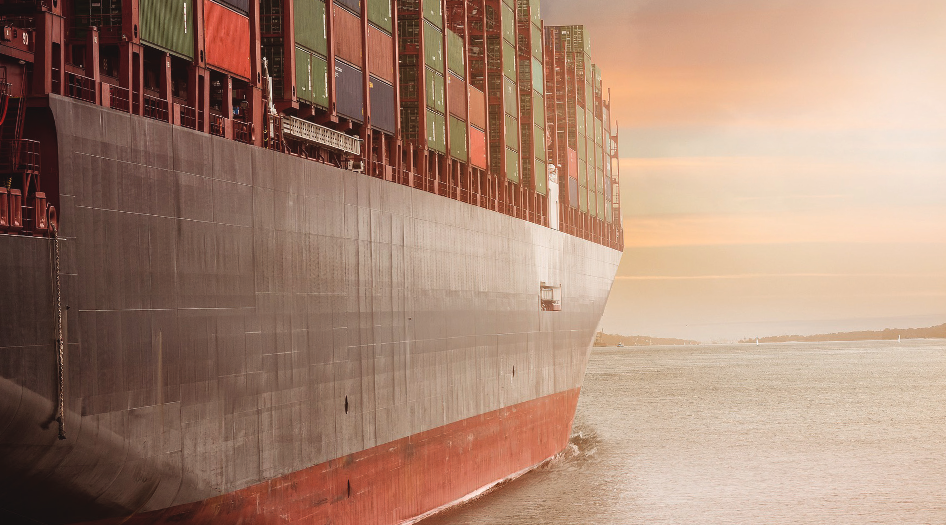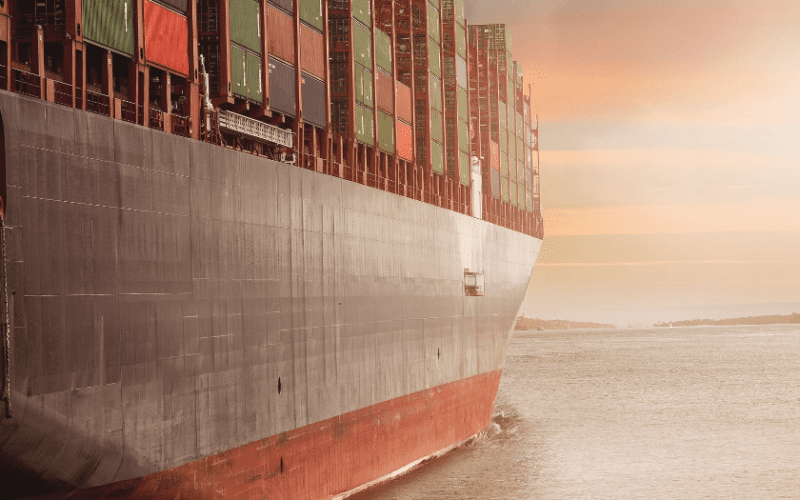(WASHINGTON) — The Biden-Harris administration on Tuesday released the U.S. National Blueprint for Transportation Decarbonization. Developed by the departments of Energy, Transportation, Housing and Urban Development, and the Environmental Protection Agency (EPA), the blueprint is a landmark strategy for cutting all greenhouse emissions from the transportation sector by 2050.
It exemplifies the administration’s whole-of-government approach to addressing the climate crisis and meeting President Biden’s goals of securing a 100 percent clean electrical grid by 2035 and reaching net-zero carbon emissions by 2050. The blueprint builds on the Bipartisan Infrastructure Law and Inflation Reduction Act, which together represent historic investments in the future of the nation that will transform how we move and live while we build the backbone of a safer and more sustainable transportation system.

Jointly announced by Secretary of Energy Jennifer Granholm, Secretary of Transportation Pete Buttigieg, Secretary of Housing and Urban Development Marcia Fudge, and Environmental Protection Agency Administrator Michael Regan, the blueprint is the first milestone deliverable of the historic memorandum of understanding (MOU) signed by the agencies in September of last year. The blueprint will be followed by more detailed decarbonization action plans, to be developed and implemented by these agencies in cooperation with governments at the state, local and tribal level, philanthropic organizations, the private sector and global partners.
The blueprint and maritime vessels
The U.S. maritime fleet is comprised of numerous vessel types across its domestic shipping, international shippin, and recreational boat segments. While the fleet of U.S.-flagged oceangoing vessels is relatively small, the fleet of vessels that operate under U.S. registry along our coasts and inland waterways is significantly larger.
There are approximately 12 million privately owned recreational boats and 38,000 commercial vessels, such as tugboats, containerships and ferries in the U.S. maritime sector. Recreational boats usually burn gasoline, while larger vessels rely on an almost equal share of diesel and residual oil, the latter of which is generally used for international voyages. A small fraction of maritime energy use comes from liquefied natural gas.
According to EPA estimates, half of U.S. marine vessel carbon emissions are from international shipping (including from fuel purchased in the U.S. for international voyages), roughly 30 percent is from domestic shipping, and the remaining 20 percent is from recreational boats. Although these numbers reflect the best available information, accurate accounting of maritime emissions is challenging due to the complex international nature of vessel operations and ownership.
The maritime industry is international in scope, with the largest share of greenhouse (GHG) emissions originating from international voyages. Therefore, effective decarbonization will require intergovernmental collaboration that aligns with industry and community needs. During the 2021 Leaders Summit on Climate, President Biden pledged to work with countries in the International Maritime Organization to revise the organization’s current decarbonization strategy and adopt a new goal of zero emissions (on a life-cycle basis) from the sector by 2050.
Despite the variety of potential decarbonization fuels, technologies and policies under development, the best pathway for decarbonizing the maritime sector is unclear. New maritime technologies can be slow to be adopted, particularly when safety and operational standards still need to be established. Vessels have a long fleet turnover time — 30 years or more — so understanding the costs, standards and requirements is critical for long-term investment planning.
Decarbonizing the sector by 2050 will require innovative practices, targeted regulations, and a strong and immediate commitment to innovation and deployment of new and emerging technologies. Efforts are underway globally to significantly reduce the GHG emissions of vessels and port activities, while considering vessel types and size, routes, and other operational constraints.
Accordingly, a variety of approaches are likely necessary to decarbonize the maritime sector. There are currently several viable energy-efficient technologies, including battery electrification options for smaller vessels and recreational boats, and in-port shore power or “cold ironing” using clean, onshore energy sources. There are also a select few clean and affordable fuels that can be deployed now for limited vessel types. Once alternative fuels and technologies have been demonstrated, a significant effort will be needed to support deployment, adoption, and the rollout of required infrastructure.
More details on the decarbonization blueprint can be found here.

